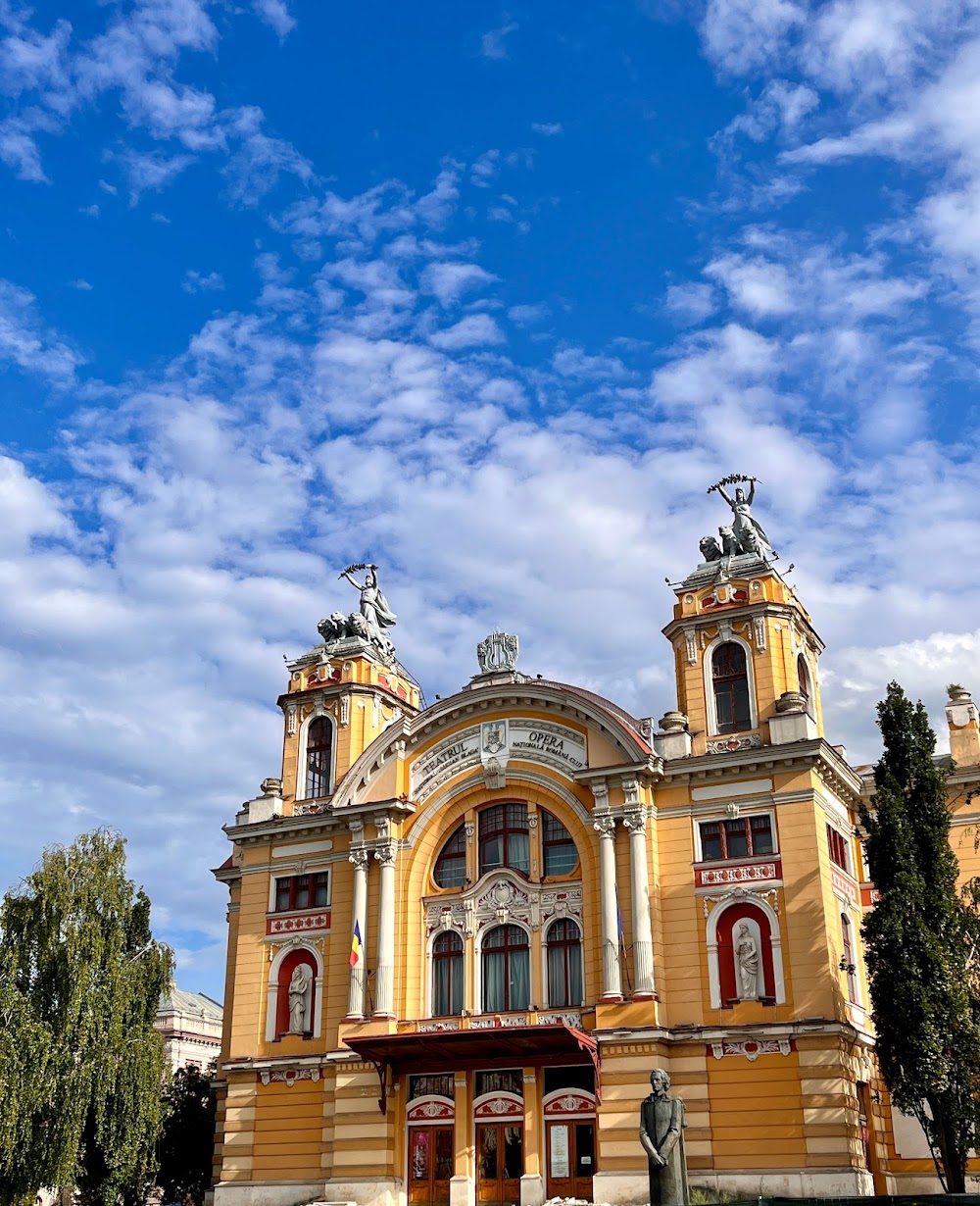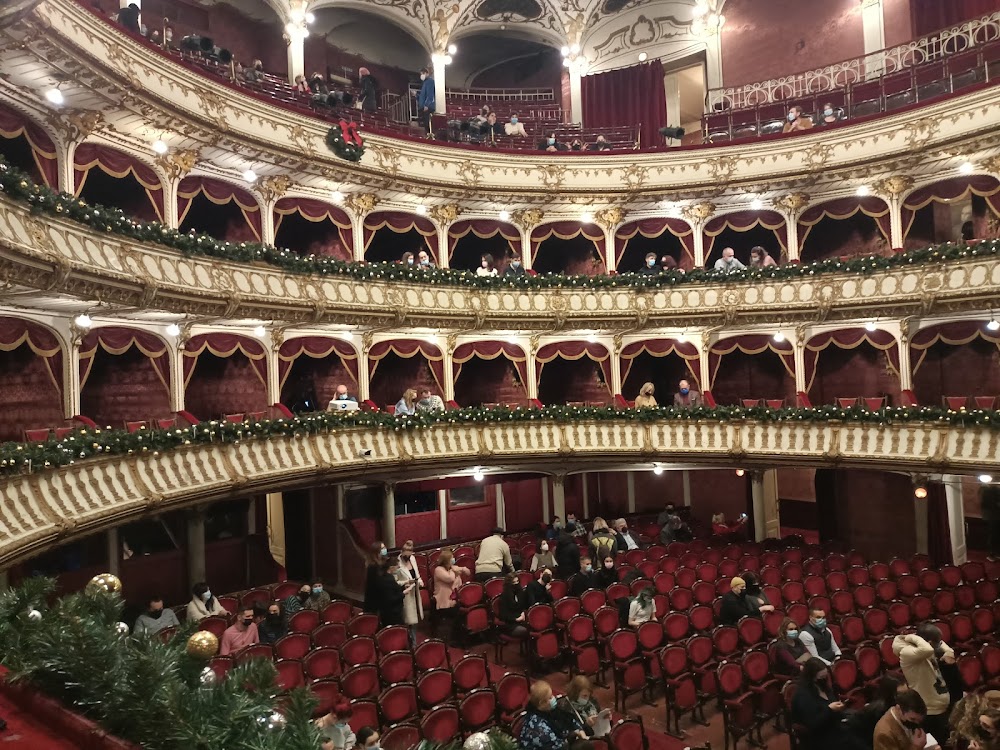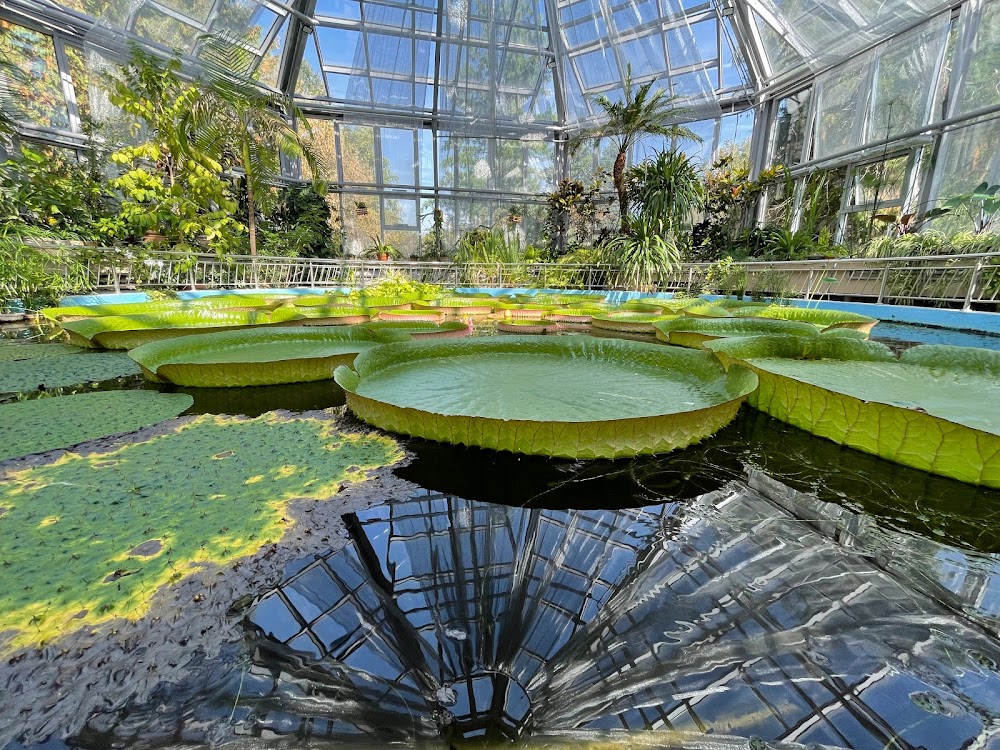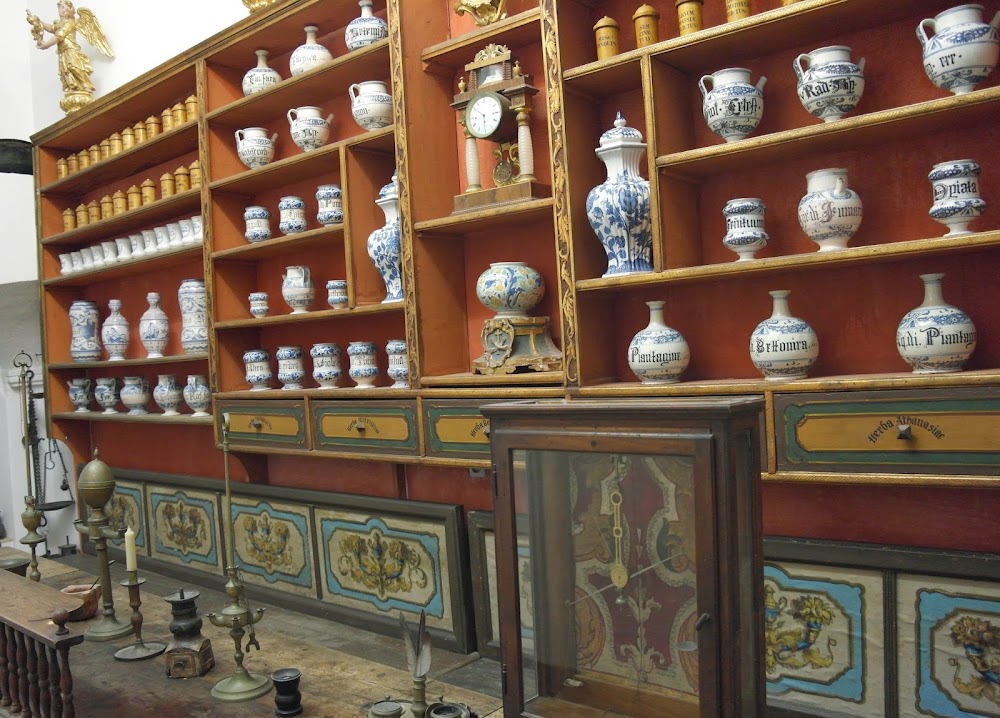Cluj-Napoca National Theatre (Teatrul Național Cluj-Napoca)
Overview
The "Lucian Blaga" National Theatre, also known as the Cluj-Napoca National Theatre, is an iconic landmark nestled in the heart of Cluj-Napoca, Cluj County, Romania. This magnificent structure is not only a beacon of cultural heritage but also a place that has delighted audiences for over a century with its rich history and vibrant performances.
The theatre's saga began in the late 19th century, when the growing city recognized the need for a grand venue to host theatrical performances and cultural events. Construction commenced in 1904, with the design crafted by renowned Austrian architects Ferdinand Fellner and Hermann Helmer, celebrated for their work on various European theatres. Their neo-baroque style ensured that the theatre would be both functional and visually stunning, setting the stage for a cultural cornerstone.
By 1906, the theatre was completed and celebrated its grand opening on September 8th of that year. The inaugural performance featured the play "Rákóczi Ferenc" by Hungarian playwright Ede Szigligeti, a reflection of the region's cultural diversity at the time. Inside, the theatre was adorned with intricate decorations that echoed the opulence and grandeur typical of the era, inviting audiences into a world of artistic expression.
The initial construction showcased advanced architectural techniques and materials, with an auditorium thoughtfully designed for excellent acoustics and visibility. This made it a favorite among performers and audiences alike. The stage was equipped with state-of-the-art mechanisms, making it suitable for a wide array of performances, from drama to opera. Elaborate frescoes and sculptures enhanced the visual appeal, exemplifying a harmonious blend of functionality and beauty.
Over the decades, the theatre has undergone numerous renovations and refurbishments to preserve its historic charm and structural integrity. In the 1980s, extensive restoration efforts were initiated to address wear and tear, modernizing technical equipment while safeguarding the original architectural marvels that define the building. These efforts ensured the theatre's aesthetics and acoustics would endure for future generations.
In 1990, the theatre was named after Lucian Blaga, a prominent Romanian philosopher, poet, and playwright, further solidifying its significance within the national cultural landscape. The venue celebrates Blaga’s works and legacy, reinforcing its role as a cradle of Romanian culture and creativity.
The Lucian Blaga National Theatre has continually evolved, hosting a diverse array of performances that range from classic Romanian plays to avant-garde productions. It has become a platform for prominent directors, actors, and theatre companies from both local and international spheres. With numerous festivals and cultural events gracing its schedule, the theatre attracts visitors from around the globe, enriching the cultural tapestry of Cluj-Napoca.
One of the theatre’s most captivating elements is its atmosphere. Stepping inside feels like embarking on a journey back in time, where visitors are greeted by plush red velvet seats, grand chandeliers, and the majestic proscenium arch framing the stage. This blend of historical elegance and modern comfort offers an exceptional experience to all who enter.
More than just a venue for performances, the theatre serves as a cultural hub—a place where ideas are exchanged and talents are nurtured. With an esteemed reputation, it has significantly contributed to the cultural development of Cluj-Napoca, remaining a staple of the local community. Educational programs, workshops, and collaborations with schools and universities ensure that new generations appreciate and contribute to the theatrical arts.
In summary, the Lucian Blaga National Theatre in Cluj-Napoca stands as a testament to the enduring power of the arts. From its architectural splendor conceived by Fellner and Helmer to its vibrant role in Romania's cultural fabric, it remains a cherished institution. Its history is a mosaic of artistic endeavors, community engagement, and relentless preservation efforts, making it a quintessential part of Cluj-Napoca's identity and a true cultural treasure in Romania.







